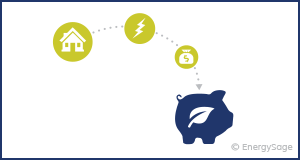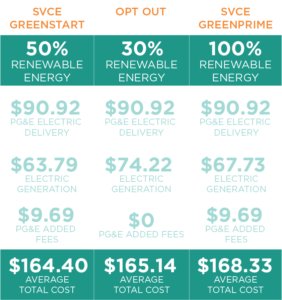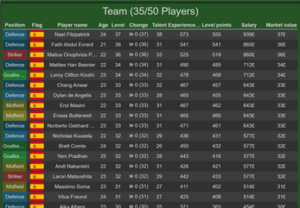Energy:
Energy is characterized as power utilization in a specific timeframe.
- It is communicated in Kilo-Watt Hour(kWh)
- Mechanical work done throughout some undefined time frame is likewise a type of energy-like intensity.
Indeed work done:
Work done is characterized as the distance went by the applied power and Shell Energy .
- Its unit is Newton meter (or)Joules.
- Electrical work is the result of voltage contrast and the flow streams in the guide.
Introduced limit:
The introduced limit is the planned power age limit of a plant.
- It is communicated as far as energy created per unit time (MWh).
Power:
It is the pace of work or work done per unit time.
- It is for the most part communicated as Joules/second or MW.
- The fundamental unit is the watt (Joules each second).
Heat rate:
Heat rate is how much energy (kJ) the fuel should supply to create a unit measure of electrical energy (kWh).
- This addresses the general proficiency of a power.
Turbine heat rate is how much intensity steam should convey to deliver a unit of intensity.
- It is communicated in Kilo-Watt Hour(kWh).
Warm effectiveness:
Warm effectiveness is how much intensity conveyed by the steam per unit measure of
heat conveyed through the fuel.
Burning effectiveness:
Burning effectiveness is characterized as the proportion of how much energy or intensity
delivered by the fuel to the energy contained in the consumed fuel.

Accessibility:
- Accessibility is the negligible portion of the time a plant is accessible for age.
- A plant might be to some degree accessible because of an absence of activity in certain parts
of the plant. It is called halfway accessibility.
Blackout:
Blackout is one more term for shut down of the plant either arranged upkeep
(Arranged blackout) or because of unexpected separation (constrained blackout).
Base Load:
The unvarying burden which happens practically the entire day on the station is called as
Base burden.
Top Load:
The different pinnacle requests of burden well beyond the base heap of the station are
known as Peak Load.
- It is otherwise called Peak interest
Associated load:
The number of consistent evaluations of all the gear associated with the power
a framework is called associated load.
Most extreme burden:
The most extreme burden is the best interest of the given period during the given period.
- It is otherwise called Maximum interest.
Normal Load:
The normal multitude of burdens happening at the different moments on the production station is called a normal burden. Or then again
The all-out electrical energy conveyed in a given period is separated when the period is called a normal burden.
Variable burden:
The heap on a power plant differs occasionally because of dubious requests of the buyers is known as a Variable burden.
Impacts of variable burden:
- Need of an extra gear
- Expansion underway expense
Interconnected load:
The association of at least two burdens in an equal condition is known as an interconnected load.
Benefits:
- Trade of pinnacle loads
- Utilization of more established plants
- Guarantees an efficient activity
- Increments variety factor
- Diminishes plants to save the limit
- Builds unwavering quality of supply.



